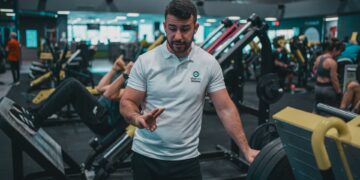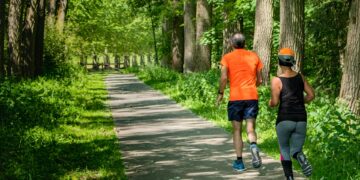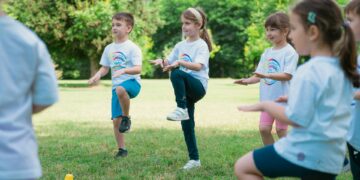Stretching Can Turn Back The Clock For Older Adults
As individuals age, maintaining mobility and flexibility becomes increasingly important for overall health and well-being. One effective way to promote these attributes is through regular stretching exercises. Stretching offers a multitude of benefits specifically tailored to the needs of older adults, encompassing physical, mental, and emotional aspects.
First and foremost, stretching aids in maintaining and improving flexibility, which tends to decline with age due to decreased elasticity in the muscles and connective tissues. By incorporating stretching into their routine, older individuals can counteract this decline and retain a greater range of motion in their joints. This increased flexibility not only enhances mobility but also reduces the risk of injury, as muscles and tendons become more adaptable and resilient.
Furthermore, stretching exercises help alleviate muscle tension and tightness, which are common issues among older adults, especially those who lead sedentary lifestyles or suffer from conditions like arthritis. Regular stretching can promote relaxation in these muscles, easing discomfort and enhancing overall comfort and well-being.
In addition to its physical benefits, stretching also contributes to mental and emotional health. Engaging in stretching exercises promotes mindfulness and present-moment awareness as individuals focus on their breath and the sensations in their bodies. This mindful approach can serve as a form of stress relief, helping older adults manage anxiety and promote a sense of calm and tranquility.
Moreover, stretching can improve posture, a crucial aspect of overall health that tends to deteriorate with age, particularly as muscle imbalances develop over time. By targeting specific muscle groups through stretching, older individuals can correct these imbalances, leading to better alignment and reduced strain on the spine and joints. Improved posture not only enhances physical appearance but also reduces the risk of developing musculoskeletal issues such as back pain and neck stiffness.
Beyond its immediate benefits, stretching can also enhance quality of life in older adults by facilitating participation in daily activities and hobbies. Whether it’s gardening, playing with grandchildren, or simply performing household chores, maintaining flexibility and mobility enables older individuals to remain independent and active well into their later years.
In conclusion, incorporating stretching exercises into daily routines can have profound benefits for the health and well-being of older adults. From improving flexibility and mobility to reducing muscle tension and enhancing mental clarity, stretching offers a holistic approach to promoting overall health in the aging population. By prioritizing regular stretching, older individuals can enjoy a greater sense of vitality, resilience, and joy in their daily lives.

































Discussion about this post